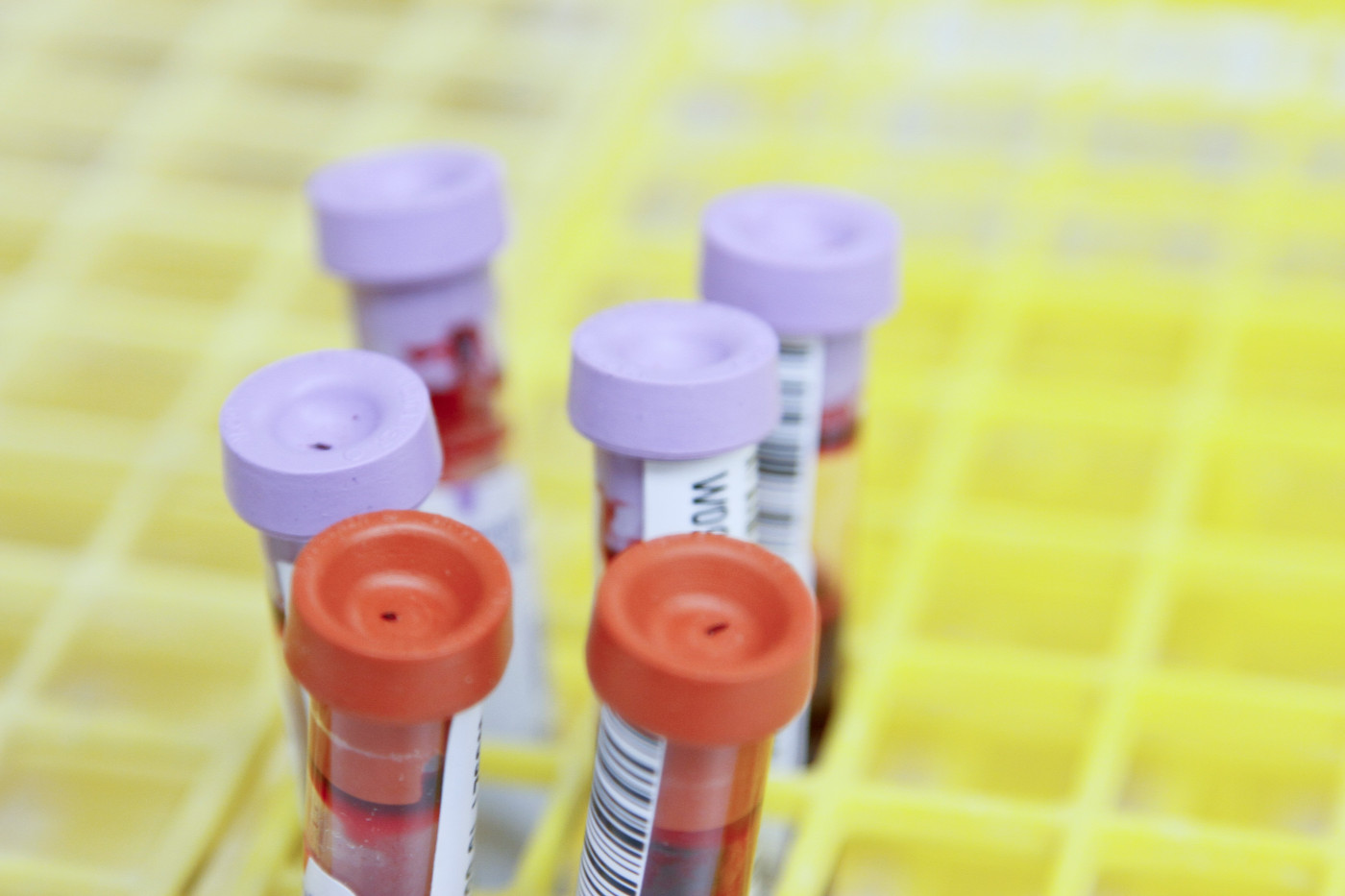New Mutation Found in Child with Classical Ehlers-Danlos Syndrome

A new mutation causing classical Ehlers-Danlos syndrome (EDS) has been identified in a child whose parents did not carry the mutation. The mutation is of a type known to cause more severe symptoms.
The case report, “Glycine substitution mutation of COL5A1 in classic Ehlers–Danlos syndrome: a case report and literature review,” was published in the journal Clinical and Experimental Dermatology.
Classical EDS is caused by defects in collagen, a protein in connective tissue which supports and binds the body’s tissues and organs together. Common symptoms include highly elastic skin, unusual scarring, and loose joints (joint hypermobility).
Most people with classical EDS have mutations in either COL5A1 or COL5A2, two genes encoding parts of type 5 collagen. More rare are mutations in COL1A1, a gene encoding part of the type 1 collagen protein.
Now, researchers from the National Clinical Research Center for Skin and Immune Diseases in China reported the case of a 12-year-old girl with a new disease-causing mutation in COL5A1.
“This mutation has not been described previously and was not found in public databases,” the researchers wrote.
The girl’s initial diagnosis was made based on physical examination. She had hyperextensible (unusually stretchy) skin and hypermobile joints (flexing and extending beyond the normal range) since birth. Her skin was fragile, bruised easily, and healed poorly.
She had fractured the humerus (the arm bone between the shoulder and the elbow) at age 5, was short in stature, and had mild scoliosis (curved spine), pectus excavatum (a deformity of the chest wall), and no lingual frenulum (a strip of tissue that anchors the tongue to the bottom of the mouth). All of these are clinical features of classical EDS.
After the girl’s diagnosis, the researchers performed genetic testing to screen for mutations in the COL5A1, COL5A2, and COL1A1 genes. A mutation — NM_000093.5: c.4114G>A — was found in COL5A1.
Collagen is built up of three helix-shaped chains twisted around each other as in a rope. A special sequence of amino acids (protein building blocks) makes collagen particularly sturdy — a feature that is essential for its function in connective tissue. This special sequence requires that the smallest amino acid of all, called glycine, occupies every third position in each collagen chain.
The new mutation caused a glycine to be replaced by an arginine, a bulkier amino acid. This change was predicted by computer programs to affect the structure and function of collagen.
Glycine substitutions with bulkier amino acids are expected to cause more severe features, the researchers wrote.
“This is further confirmed by the present case, which harboured a mutation of glycine substitution with generalized joint hypermobility, severe skin hyperextensibility and multiple extracutaneous manifestations,” they added.
An echocardiogram (a test that allows clinicians to see how well a patient’s heart is beating and pumping blood) also revealed heart problems.
Although the link between classical EDS and cardiovascular disease remains elusive, an echocardiogram is recommended in patients with the disease.
“Follow-up is unnecessary for adults without abnormalities, while routine echocardiogram is preferred for children and adolescents,” the researchers wrote. “Follow-up for cardiovascular abnormalities was recommended for our patient.”
Importantly, in most patients, classical EDS is passed on from parents, but in the girl’s case, there was no family history of the disease, meaning that the mutation occurred de novo — a genetic alteration that is present for the first time in one family member.






